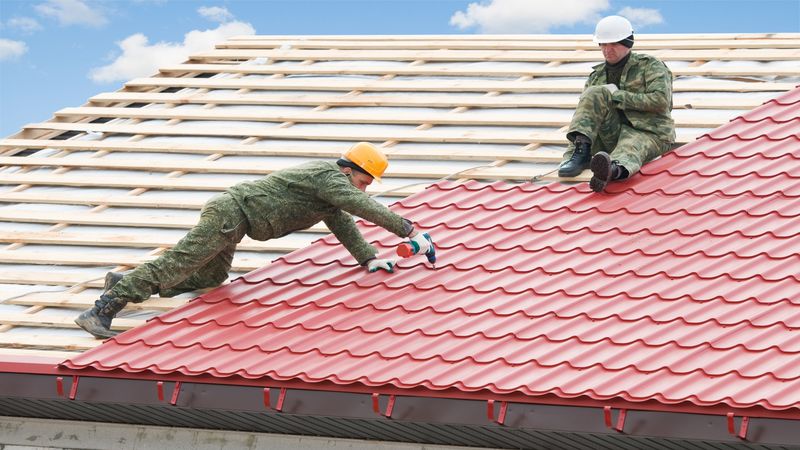Space which is designed for industrial use can become dirty, dusty and stagnant quickly and this air must be eliminated. There are a number of different types of industrial exhaust fans that are designed to do exactly that, remove contaminates and make for a better, healthier environment. A common industrial fan is an axial fan, this fan consists of a large propeller type blade which is enclosed in a steel safety cage; this fan is used to cool work areas as well as circulate air throughout the building. Systems which are designed to ventilate a building often use a centrifugal fan; these fans move the air at higher pressures, quickly exhausting heat and dirt from the work area. For ventilating large areas blowers are used but industrial fans can also be mounted in the ceiling or even pedestal fans.
When an entire industrial facility is being ventilated centrifugal fans are used, in some cases these fans are referred to as “blowers.” In most cases these fans are wall mounted but they can also be mounted directly in the ceiling and for areas which contribute a great deal of pollutants, the fan can be mounted right at the workstation. The fans are part of an overall system which includes ducts that carry contaminates away, often to pollution control equipment, perhaps a bag house. The fan blades of a centrifugal fan are tolerant to dust build-up; they are ideally suited for use in dust collection systems and industrial process systems.
Industrial air control is broken down into exhaust and cooling. The fan that is used more for cooling than anything else is an axial fan. These fans are available in a wide variety of sizes and capacities but their primary purpose is to move huge volumes of air with little increase in pressure, just the opposite of a centrifugal fan.
Because of the design characteristics of a centrifugal fan they can be mounted at the end of a ventilation system made up of ducting that covers the space. When the fan is running, contaminates are pulled into the duct through vents and eventually discharged either outside or to a piece of pollution control equipment. Although this is a common approach to install industrial exhaust fans in the ceiling, mounted directly above the parts of the building that are responsible for the bulk of the contamination.

